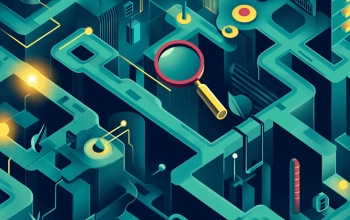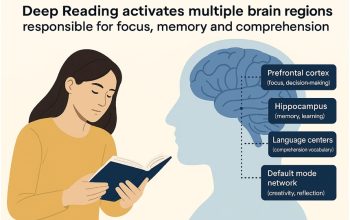Selecting the six subjects that will form the subsequent two years and influence university affords can experience overwhelming. A clear method turns the task into an interesting step towards future ambitions. Start by means of mapping passions, tutorial strengths, and career ideas. Weigh these insights towards Diploma rules—three Higher Level (HL) and three Standard Level (SL) courses, plus Theory of Knowledge (TOK), Creativity, Activity, Service (CAS), and the Extended Essay. With sincere reflection and open talks with teachers, counselors, and family, you can construct a balanced combine that challenges, motivates, and showcases your competencies within the ib diploma programme.
Understand the Framework
The Six Subject Groups
- Studies in Language and Literature
- Language Acquisition
- Individuals and Societies
- Sciences
- Mathematics
- The Arts (or an additional choice from groups 1–5)
Every student selects one course from each group unless replacing group 6 with a second science, social science, or language. This simple rule is the first filter for decisions and prevents an overly narrow profile.
Higher Level vs. Standard Level
- HL: 240 teaching hours; deeper content; preferred by competitive universities.
- SL: 150 teaching hours; broader scope; supports balance.
Strong grades matter more than the sheer number of HLs, so choose depth only where passion and ability intersect.
HL courses demand more hours, research, and independent learning. Therefore, limit HLs in unfamiliar areas, and instead leverage them to deepen a proven strength or a clear career prerequisite.
Align Choices With Future Goals
Admission officers list prerequisites on their websites:
- Medicine: HL Chemistry or Biology
- Engineering: HL Physics and HL Mathematics: Analysis and Approaches
- Economics: HL Mathematics plus a humanity
- Fine Arts: Visual Arts or Film
Check requirements early and reverse-engineer your grid. If your path is unclear, keep doors open by including at least one science and one humanities subject.
Balance Challenge and Well-Being
Academic rigour impresses universities, but burnout harms grades. Use these quick tests:
- Enjoyment Test: Does reading the syllabus make you curious?
- Workload Mix: Pair reading-heavy courses (History, English) with quantitative ones (Physics, Economics).
- Assessment Spread: Combine internal-assessment-heavy subjects with exam-heavy ones to avoid bottlenecks.
Regular sleep, exercise, and mindfulness protect strength levels, making study classes greater effective.
Seek remarks early; mid-semester development reviews often spotlight hidden gaps and let you alter find out about routines before fundamental deadlines.
FAQs
- Can I switch subjects after Year 1?
Most schools allow changes only in the opening weeks; afterward catching up is difficult.
- How many HL subjects should I take?
Three is standard. A fourth seldom boosts admission chances and adds stress.
- Is Math Analysis or Math Applications better?
Analysis fits STEM paths; Applications suits social sciences and arts.
Conclusion
Thoughtful problem selection marries personal interest, academic strength, and university ambition. By appreciation the framework, aligning courses with future goals, and protecting well-being, college students craft a timetable that showcases their best characteristics and sustains motivation. Consult depended on advisors, continue to be flexible, and take note that clever planning today units the stage for success throughout the ib diploma programme.



